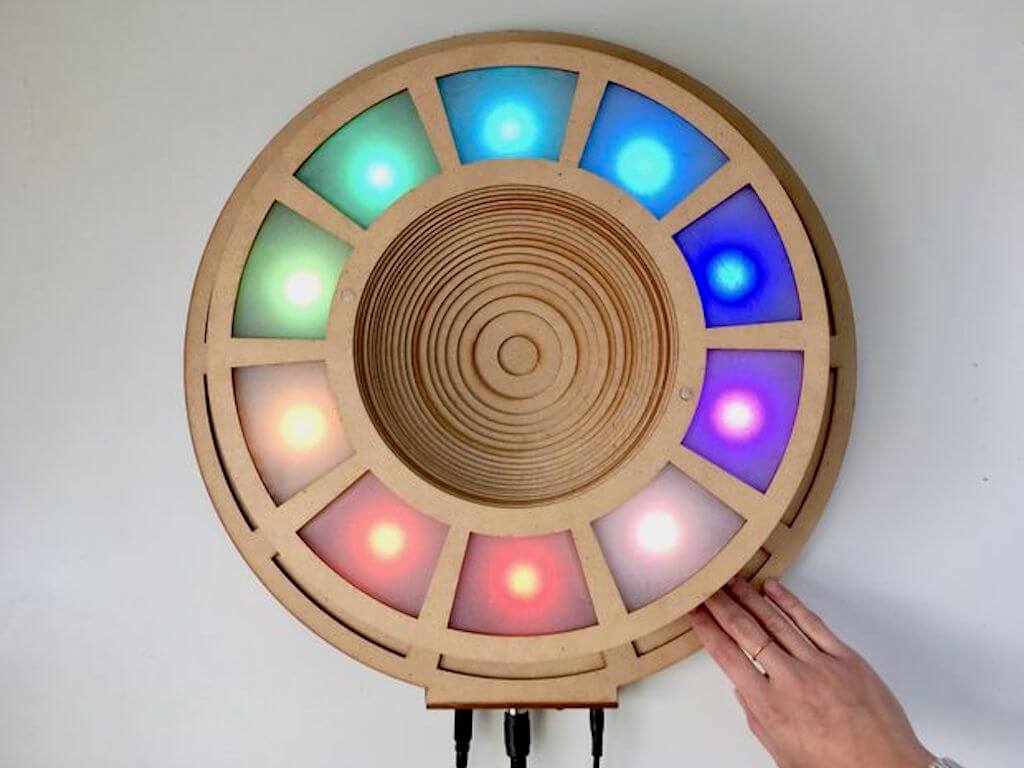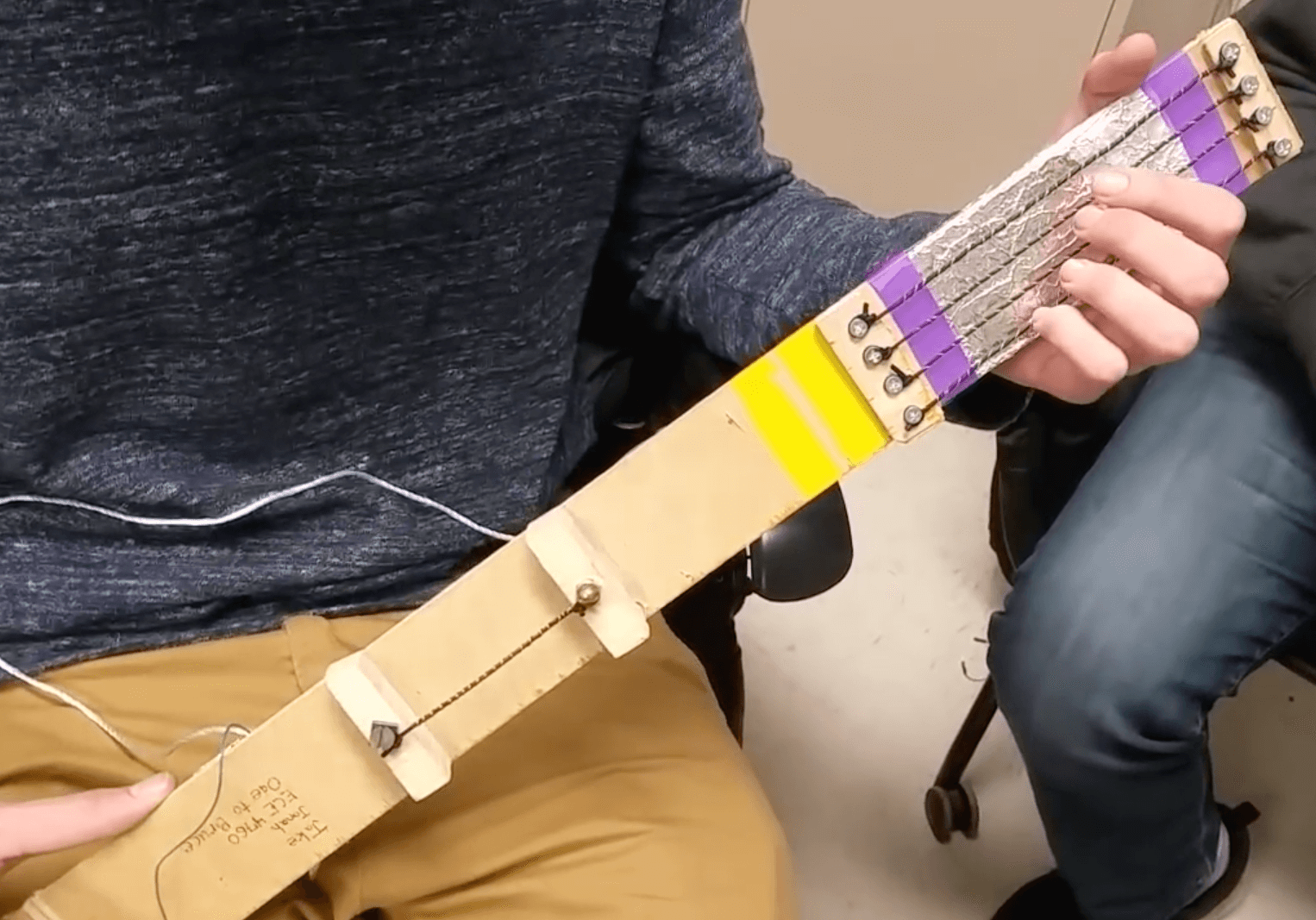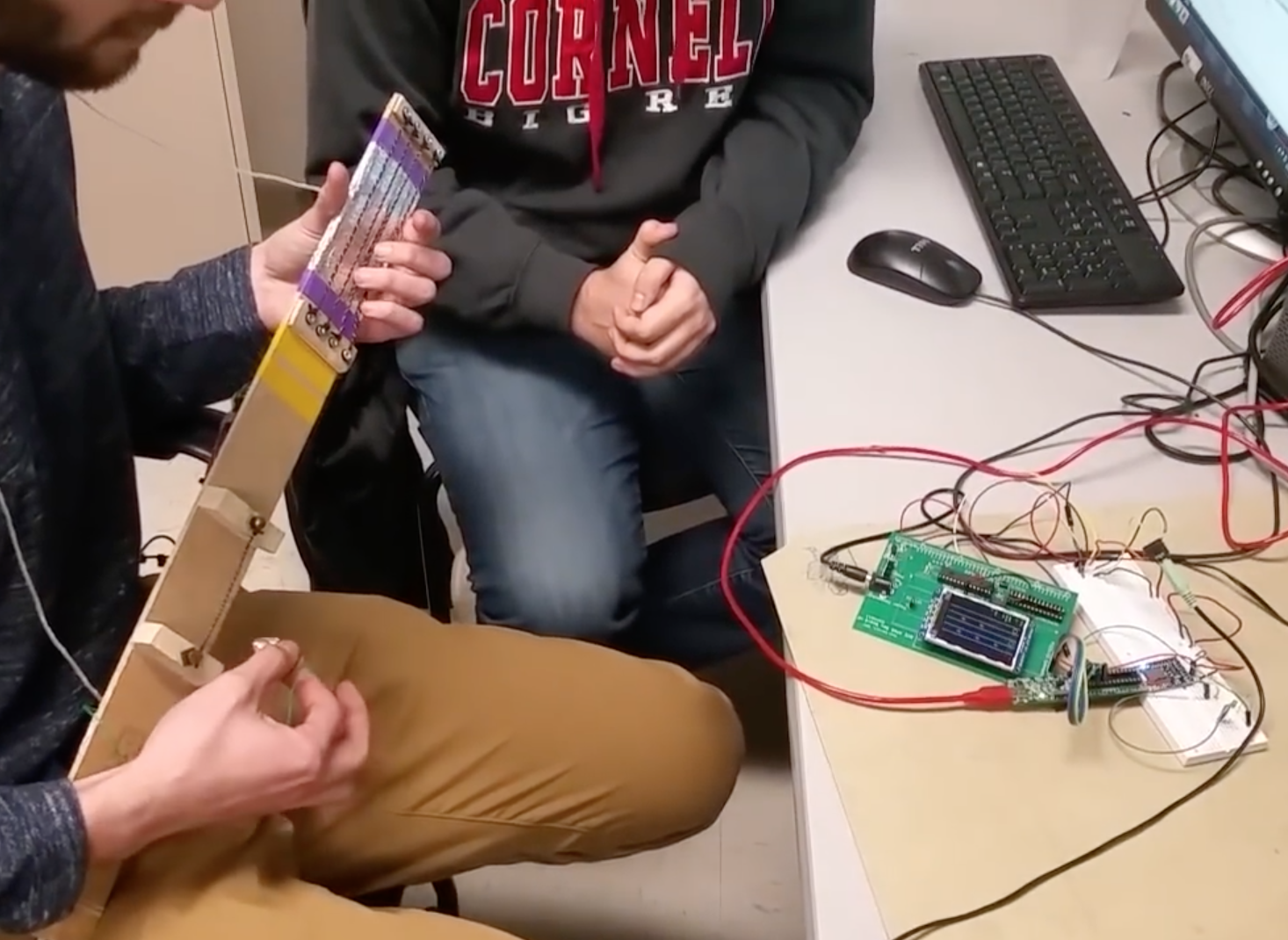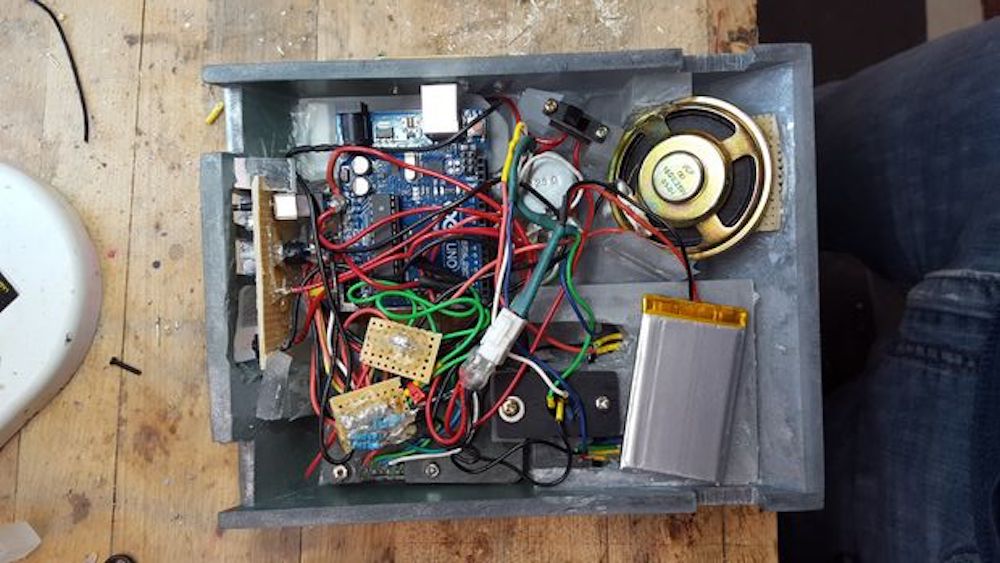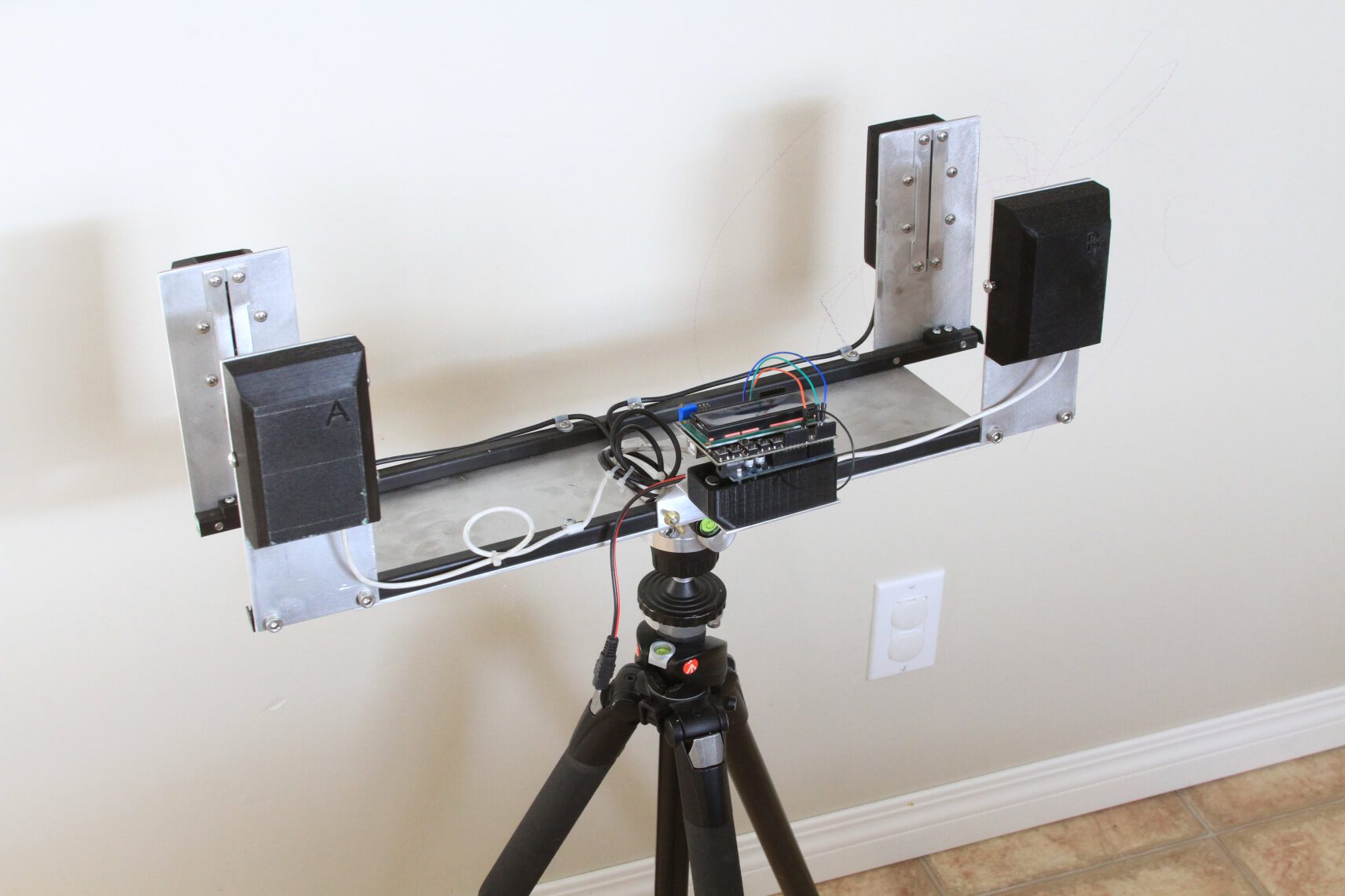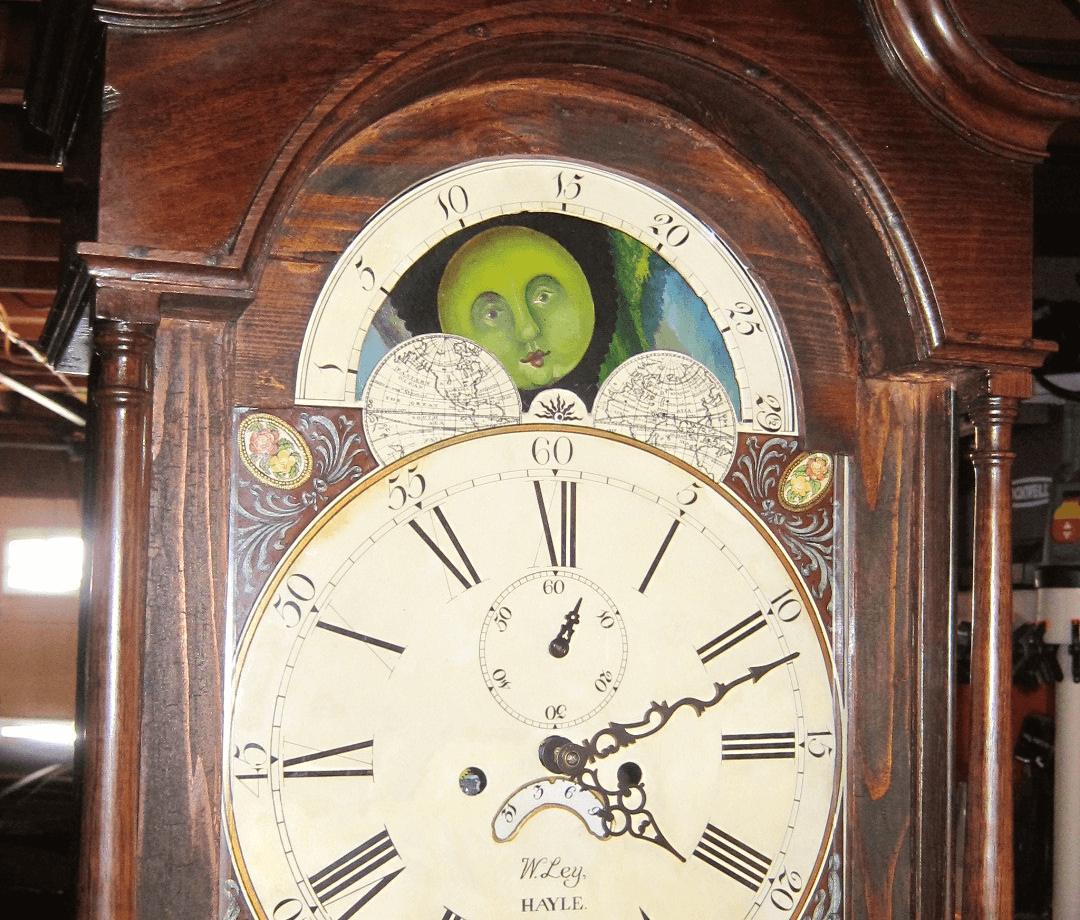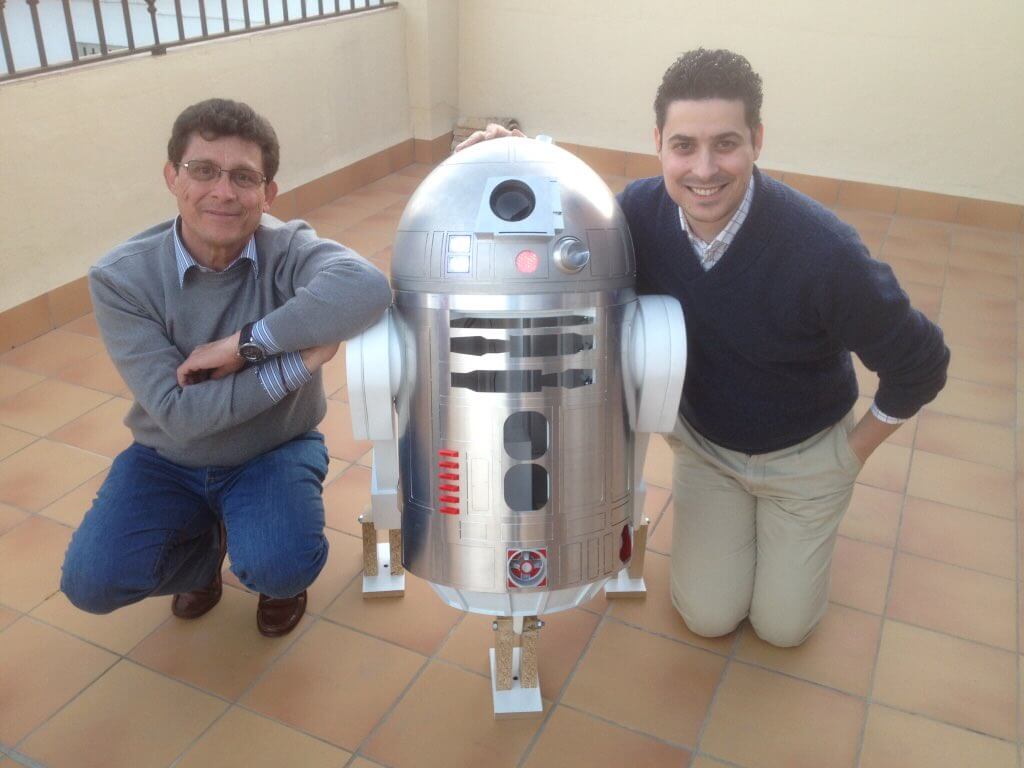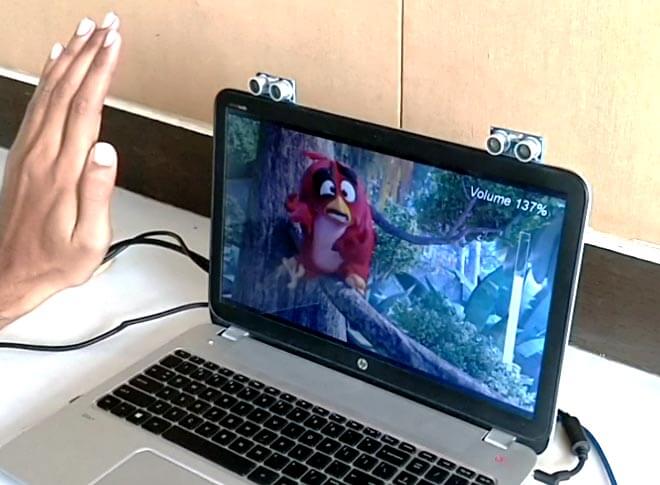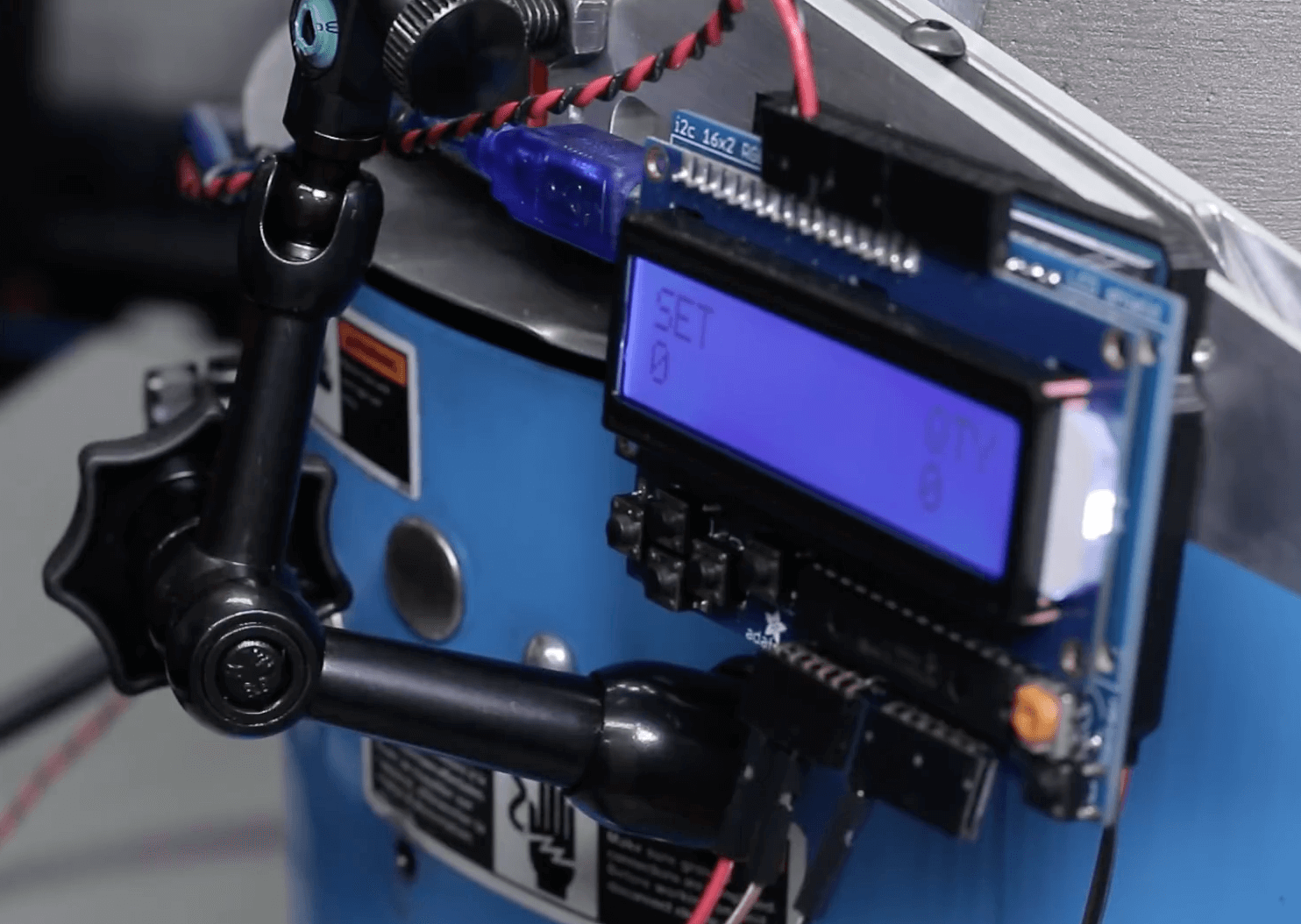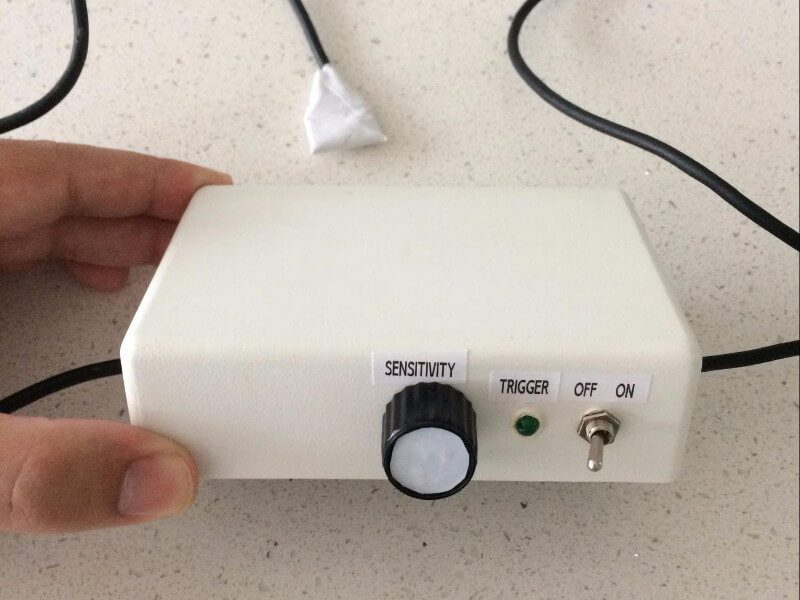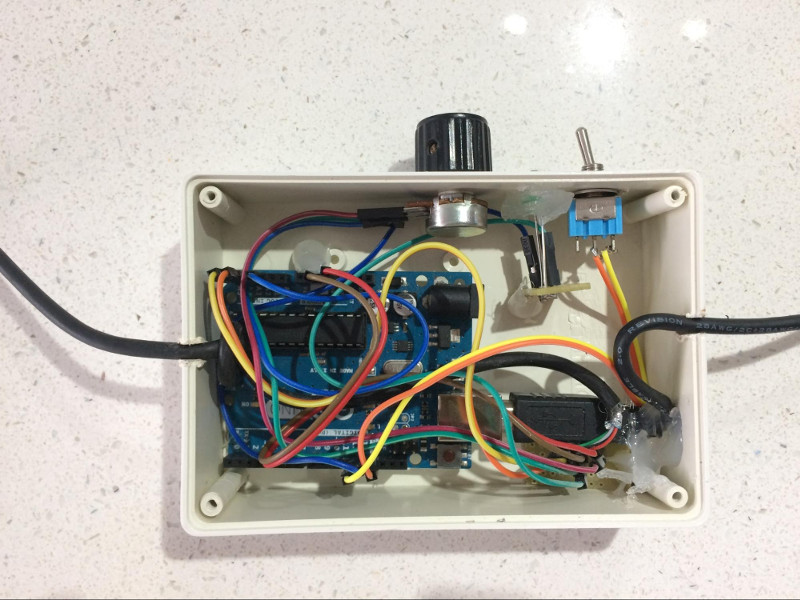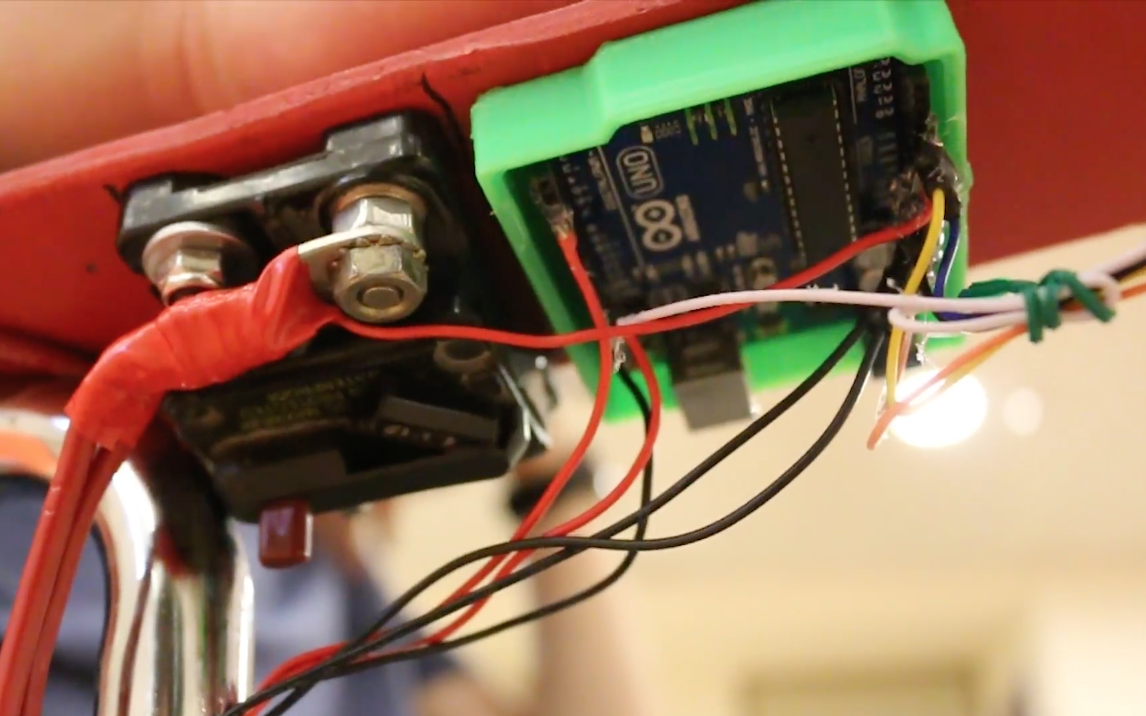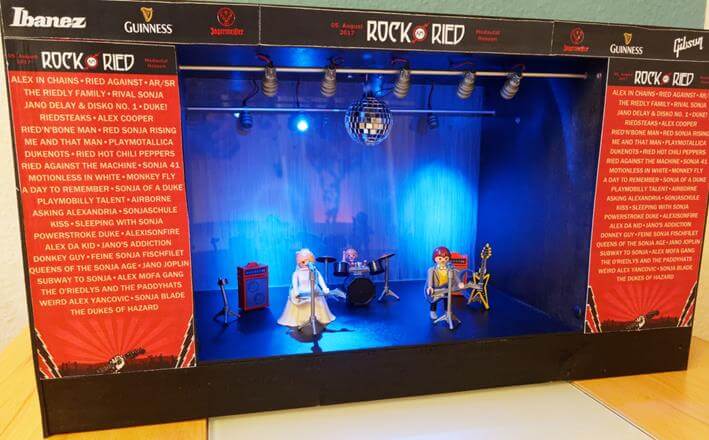Rick and Morty fans will love this butter robot
— January 4th, 2018
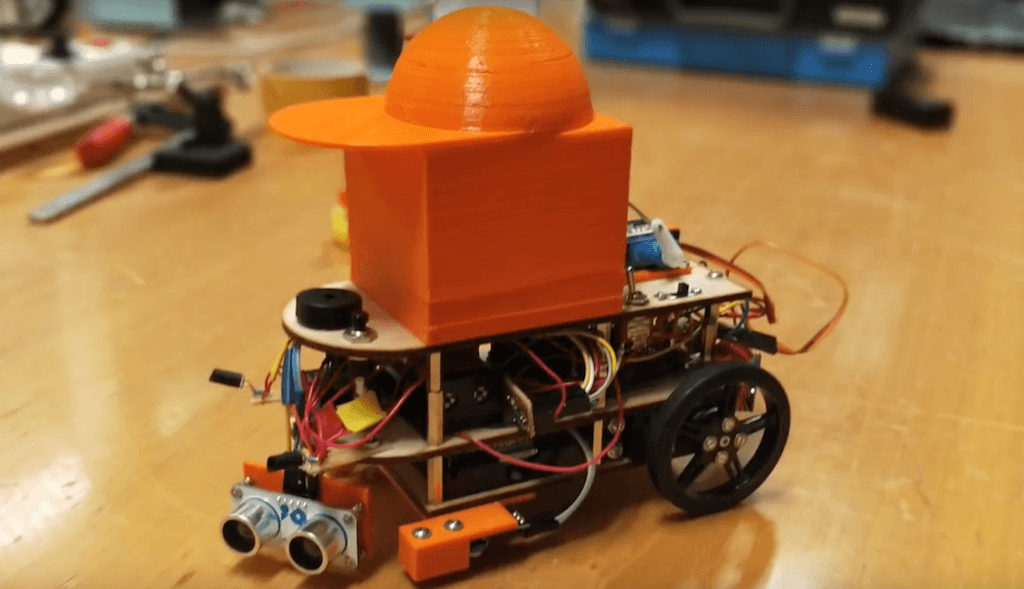
Up until the present day, if you need butter, you simply ask another human to “pass the butter,” leading to minor inconvenience and awkwardness. Engineering students in Brussels have come up with a novel solution: a robot that brings the butter to you!
The robot, inspired by Rick and Morty’s Butter Bot, is powered by an Arduino Uno and summoned to hungry humans via an infrared remote control.

When the signal detected by onboard IR sensors, the robot moves over using continuous-rotation modded servos, then flips its cap-like lid to reveal the butter inside.
Want a Butbot of your own? You can find the build process and code in the student team’s write-up here.
Website: LINK


